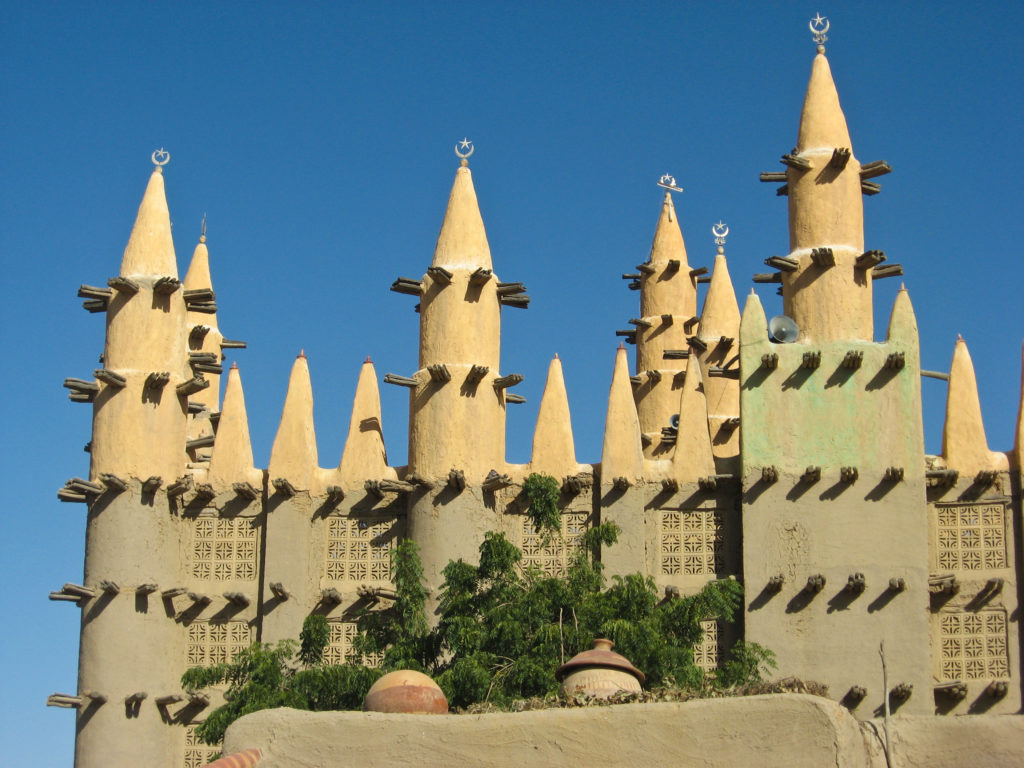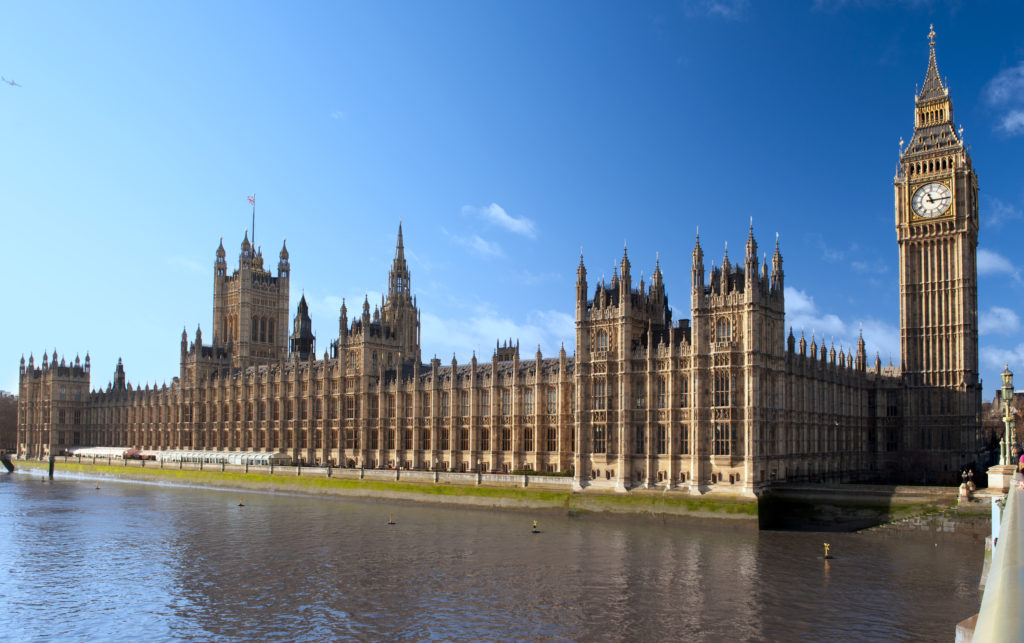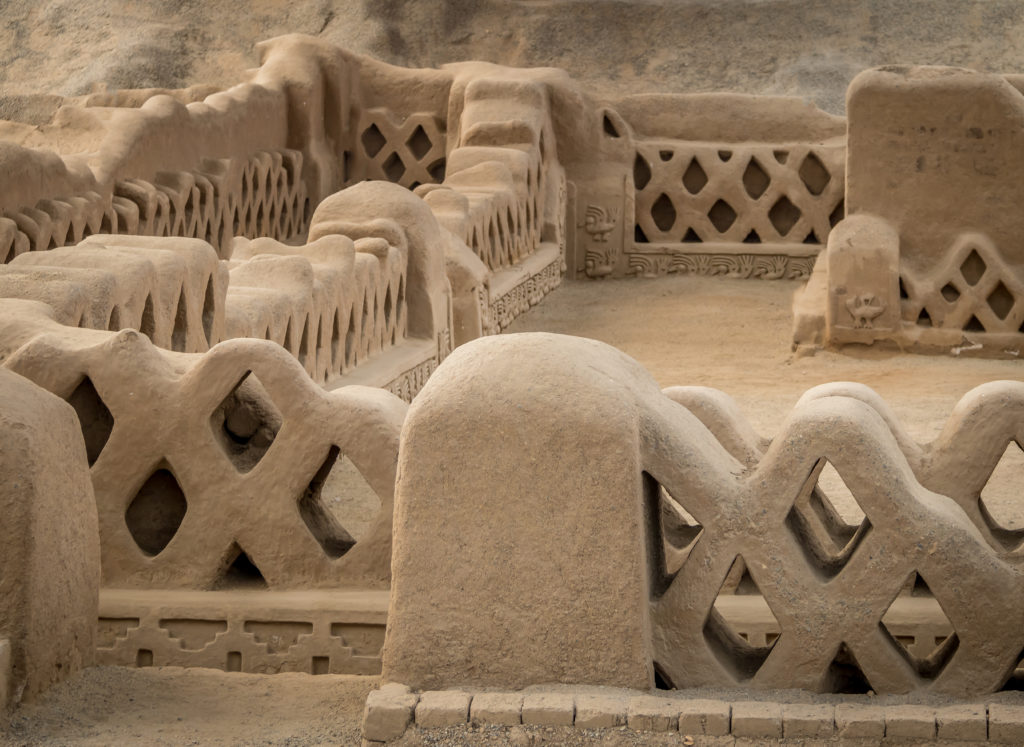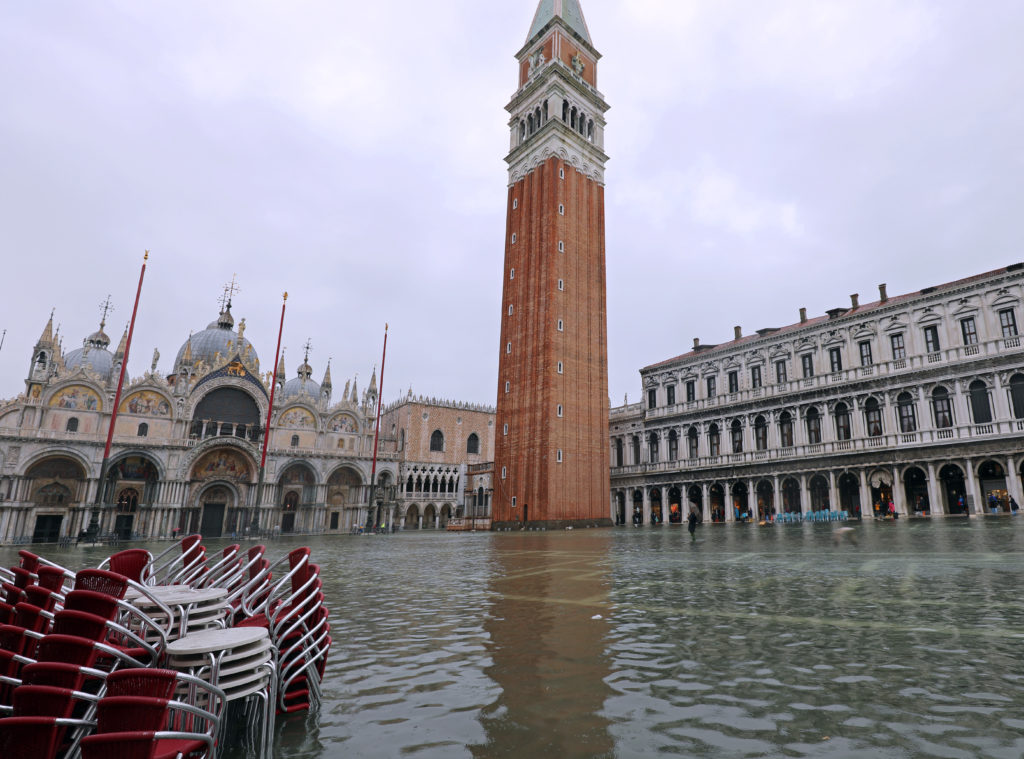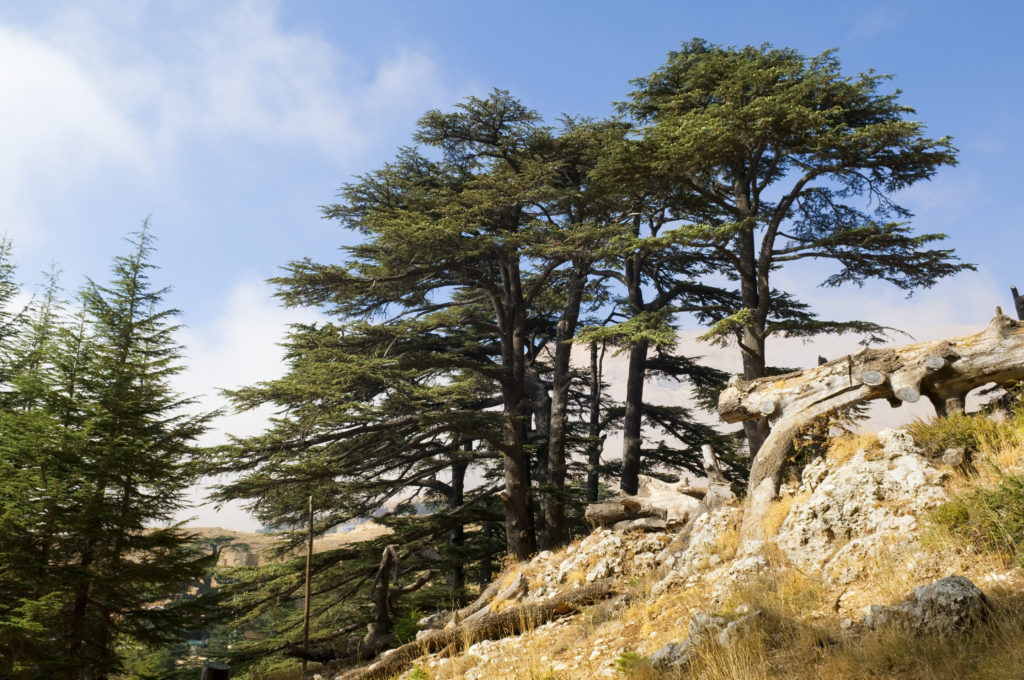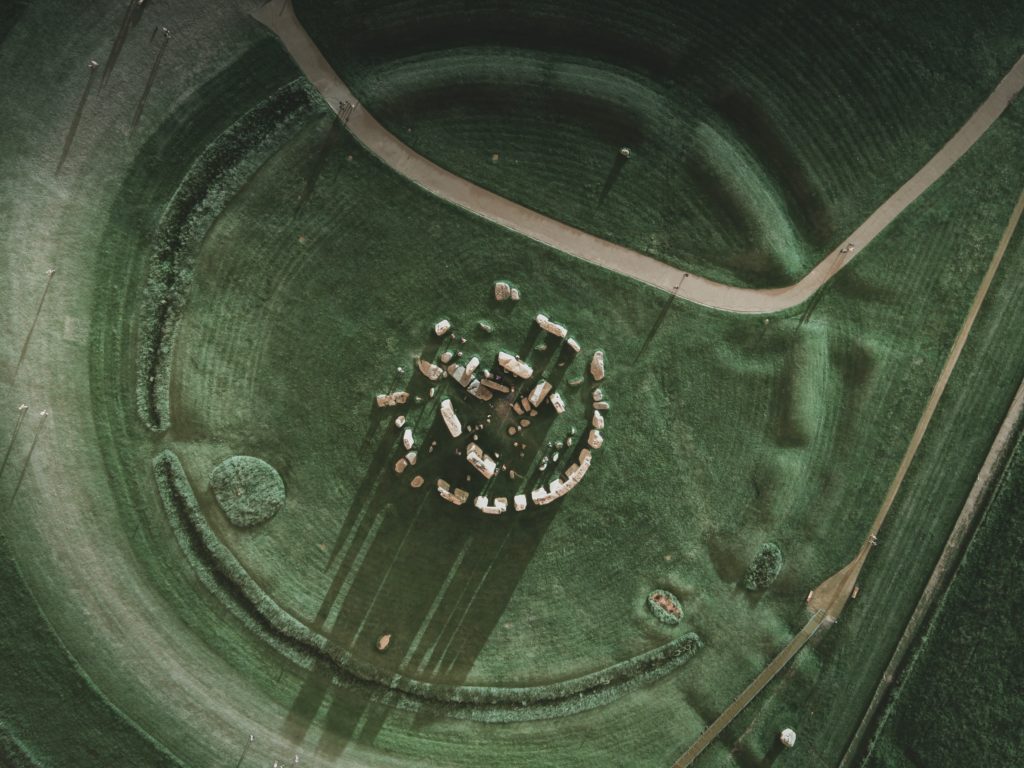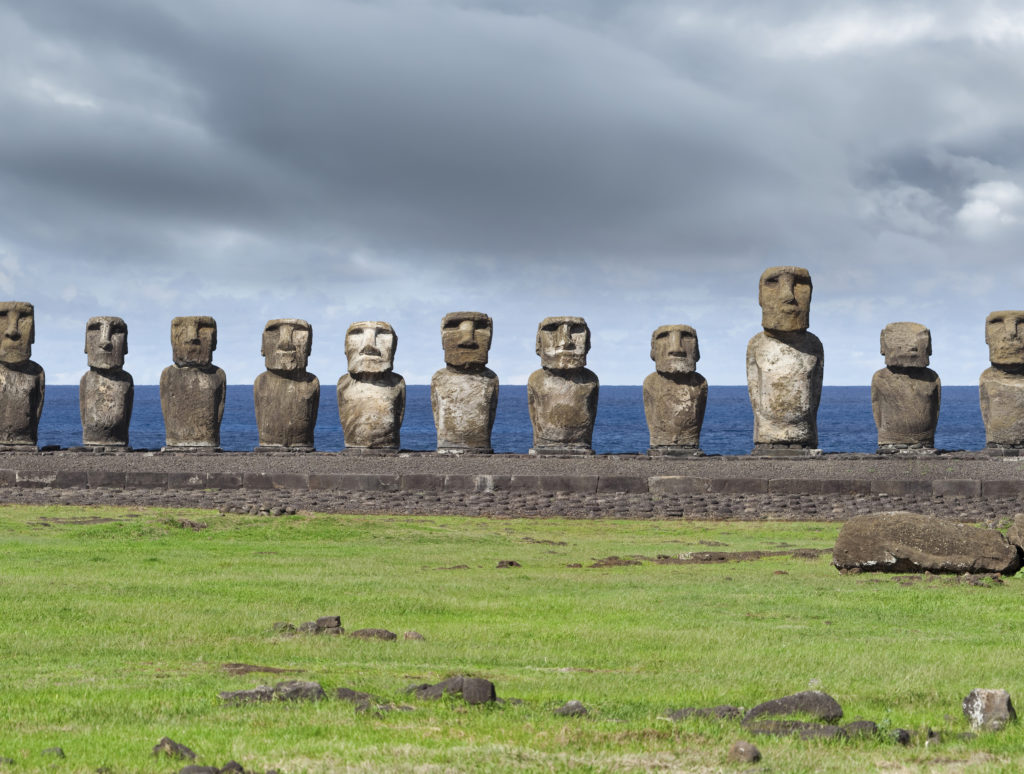Editor’s note: The COVID-19 global pandemic has urged companies around the world to focus their attention on providing for the health and safety of their employees and preparing their organizations for a period of disruption. On top of our regular articles examining the longer-term issues and trends impacting organizations, The One Brief will also bring our readers insights into the current situation.
OVERVIEW
Around the world, the impacts of climate change are manifesting in ways that spur organizations and governments to make some important decisions to increase their resilience. At the same, parts of history are at stake. Venice is sinking into a rising sea. Easter Island’s ancient statues are being eroded from high seas and violent storms. Warming conditions are threatening even the iconic Stonehenge.
The novel coronavirus (COVID-19) may bring a glimmer of hope in reversing the trend: the pandemic’s impact on travel and transportation has meant that global greenhouse gas emissions dove 17 percent in early April 2020. While the speed of that reduction has an economic cost, it demonstrates what might be possible to protect the past and build for the future.
“Whether we’re looking to preserve lives, homes or businesses in the present – or protect cultural treasures of the past – two ingredients will be crucial to understanding and mitigating climate change’s risks: data and partnerships,” says Steve Bowen, director and meteorologist and head of Catastrophe Insight at Aon. “From insurance to academia to the public sector and tech, many industries have critical roles to play.”
IN DEPTH
Historical human settlement patterns mean many historic sites are near water, where they are threatened by rising sea levels, flooding and erosion.
A 2018 study of 49 World Heritage Sites located in low-lying areas in the Mediterranean found that 37 are at risk from a 100-year flood, and 42 from coastal erosion. According to the study, flood risk in the region might increase by 50 percent and erosion risk by 13 percent, by 2100.
In the U.S., the National Trust for Historic Preservation has noted that climate change and resilience have become key issues in modern preservation. Even without an official designation, pockets – and entire cities – of arts and culture have proven to be at risk.
“The concentration of art, historical objects and antiques in Venice makes that city a concern, as evidenced by record flooding in 2019. Long-term, Amsterdam is also potentially very vulnerable,” says Joe Dunn, president and CEO of Aon unit Huntington T. Block. “Many galleries in Chelsea flooded during 2012’s Superstorm Sandy, showing the vulnerability of lower Manhattan. In New Orleans, number of galleries and antique dealers in the French Quarter were impacted in 2005 by Hurricane Katrina. That area remains vulnerable, as does Miami and the rest of south Florida.”
Climate Change Threats To Culture Around The World
The Roles Of Data And Partnerships In Preservation
To assess climate change threats and guiding preservation, innovative approaches to data and analytics and to partnership are crucial.
The International Council on Monument and Sites recently partnered with 3D surveying firm CyArk and Google to compile a web database of five UNESCO World Heritage Sites affected by climate change. The CyArk–Google initiative involves creating detailed 3D models of the sites to ensure that future generations will be able to experience them, even if virtually. The project is also intended to provide a call to action around climate change’s impact on the sites.
Likewise, the National Trust for Historic Preservation has stressed data’s role in the effort to protect cultural landmarks from climate change: to understand and mitigate risks and advocate for resources.
Even academia is becoming a player in the space. On a recent Aon webinar, Adam Sobel, professor of applied physics, mathematics and earth and environmental sciences at Columbia University, discussed the Columbia Hazard Model that his team has created to help quantify the potential changes in future tropical cyclone frequency and intensity around the world due to climate change influence. This type of analysis helps users understand future risk of high winds as well as coastal and inland flooding based on different climate scenarios.
“There’s considerable evidence that much of the Atlantic climate and hurricane variability over the last half century is due to human influence, especially the impacts of aerosols and greenhouse gases,” Sobel said.
Notably, Sobel’s team partners with insurers, helping municipalities understand climate change and catastrophe risk to make better decisions around mitigation. And alliances such as the United Nations’ Principles for Sustainable Insurance are bringing the industry together to protect cultural heritage and, even more broadly, build a resilient, sustainable world.
This kind of collaboration will be vital to confronting climate change’s impact on natural catastrophes, and on our environment as a whole. “The insurance industry ecosystem is in a unique position because of the data and tools available to us to help quantify and qualify climate change risk,” says Bowen. “It’s important that we’re partnering across disciplines and industries, and communicating our findings with governments, business leaders and homeowners.”
Protecting Our Future, Preserving Our Past
Addressing climate change is essential to protecting our future. It is becoming increasingly evident, however, that climate change is equally imperative to address in the context of preserving priceless aspects of our past. And COVID-19 has demonstrated that positive progress is possible – even in a short span of time.
“Part of the value of cultural artifacts to us as a society is their sheer irreplaceability,” says Gregory Lowe, global head of Resilience and Sustainability at Aon. “So we must lean even more heavily on prevention and protection, partnering across disciplines and deploying the best of the modern world – data, technology – to preserve historic treasures for future generations.”
The post Protecting The Past: Data’s Role in Preserving History appeared first on The One Brief.

